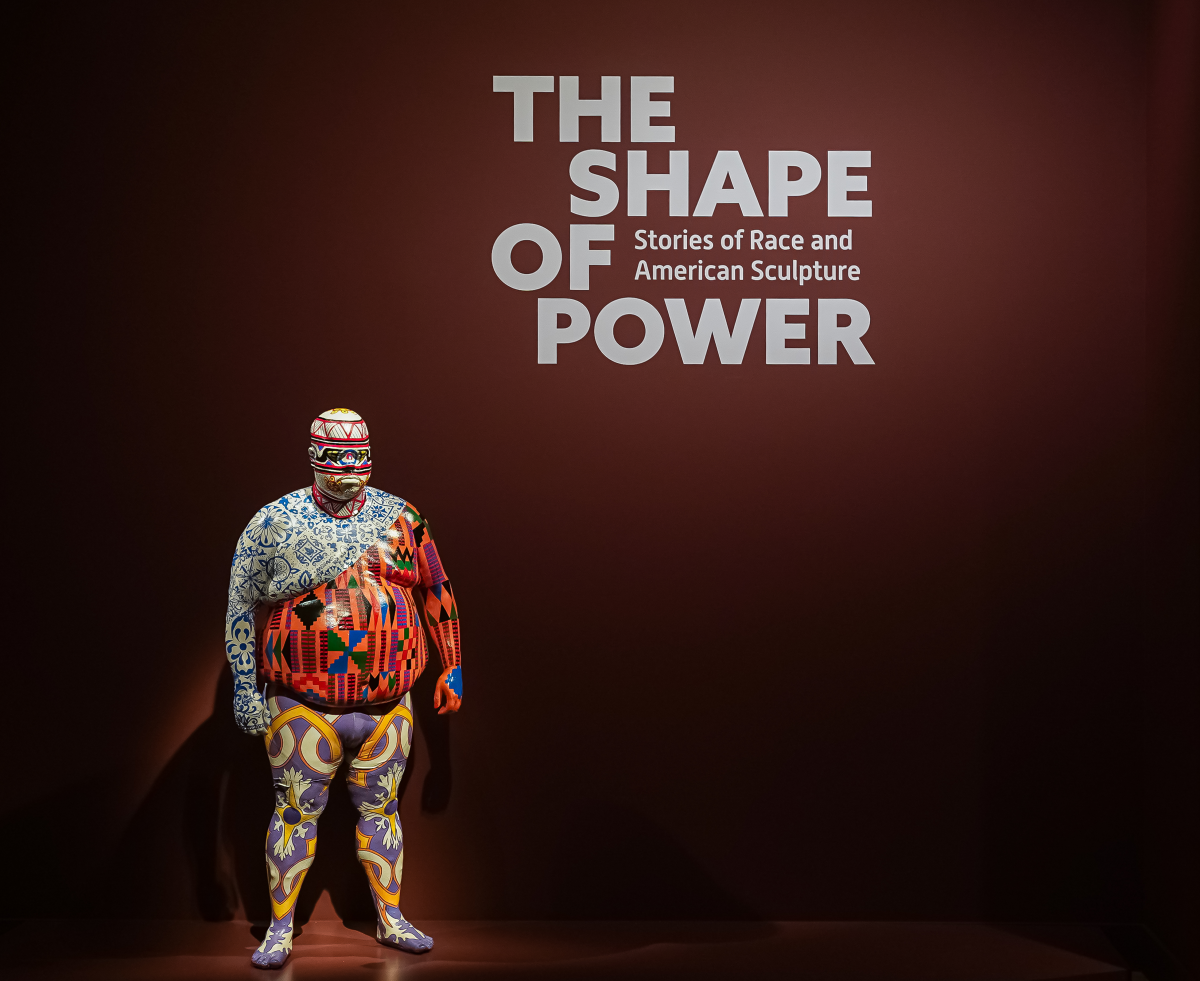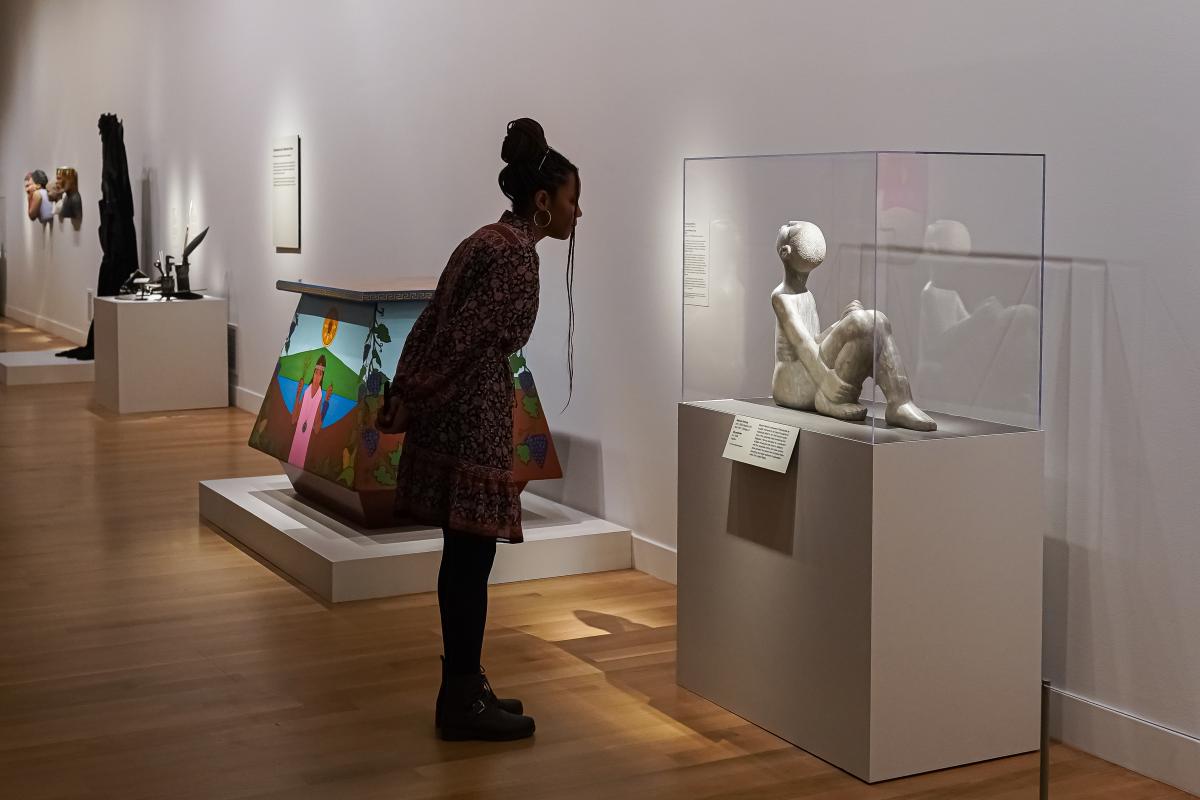Sculpture is everywhere. At courthouses and state houses, in parks and public spaces, from big cities to small towns. Sculpture is in our homes. It’s even in our pockets. But when was the last time you really thought about sculpture? Because sculpture is everywhere, it's easy to stop seeing it. Or, at least, to stop considering it.
Sculpture comes in all shapes and sizes. It can be made from all sorts of materials, from marble, metal, and clay to paper, fabric, and found objects. One thing all sculptures have in common is that they are three dimensional. That’s part of what makes sculpture so powerful—we share our physical space with it. We can look at sculpture from all sorts of angles...literally, and also figuratively.
SAAM has organized The Shape of Power: Stories of Race and American Sculpture, the first exhibition to look at the intertwined histories of American sculpture and race in the United States. Featuring 70 artists whose work crosses time, scale and media, the exhibition brings together American sculpture in its many forms to explore its role in understanding and constructing the concept of race in the United States from the late eighteenth century to the present.
Many people have never thought about how power and race are expressed through sculpture. But it happens all the time. When you think about the connections between sculpture, race, and power, the removal of Confederate monuments might come to mind. These monuments are certainly part of the conversation. But there are so many additional stories to tell about race and American sculpture. Sculptures that explore the complexity of racial identity. Sculptures that reinforce racist stereotypes—some in glaringly obvious ways and others in deceptively quiet ways. And sculptures that challenge those stereotypes. Sculptures that deal with racial violence, and sculptures that honor interracial solidarity and the collective power of community. Sculpture can give physical form to these heady concepts and help us visualize how they’ve shaped our past and continue to shape our present.
This exhibition is about encouraging people to take a closer look, foster curiosity, and feel comfortable asking “Why was this sculpture made?” “What are the consequences of it being in our world?” The stories at the heart of The Shape of Power connect us and have the power to shape us all.
This story is the first in a series that takes a closer look at The Shape of Power: Stories of Race and American Sculpture with material drawn from texts and interpretive materials created for the exhibition.



















